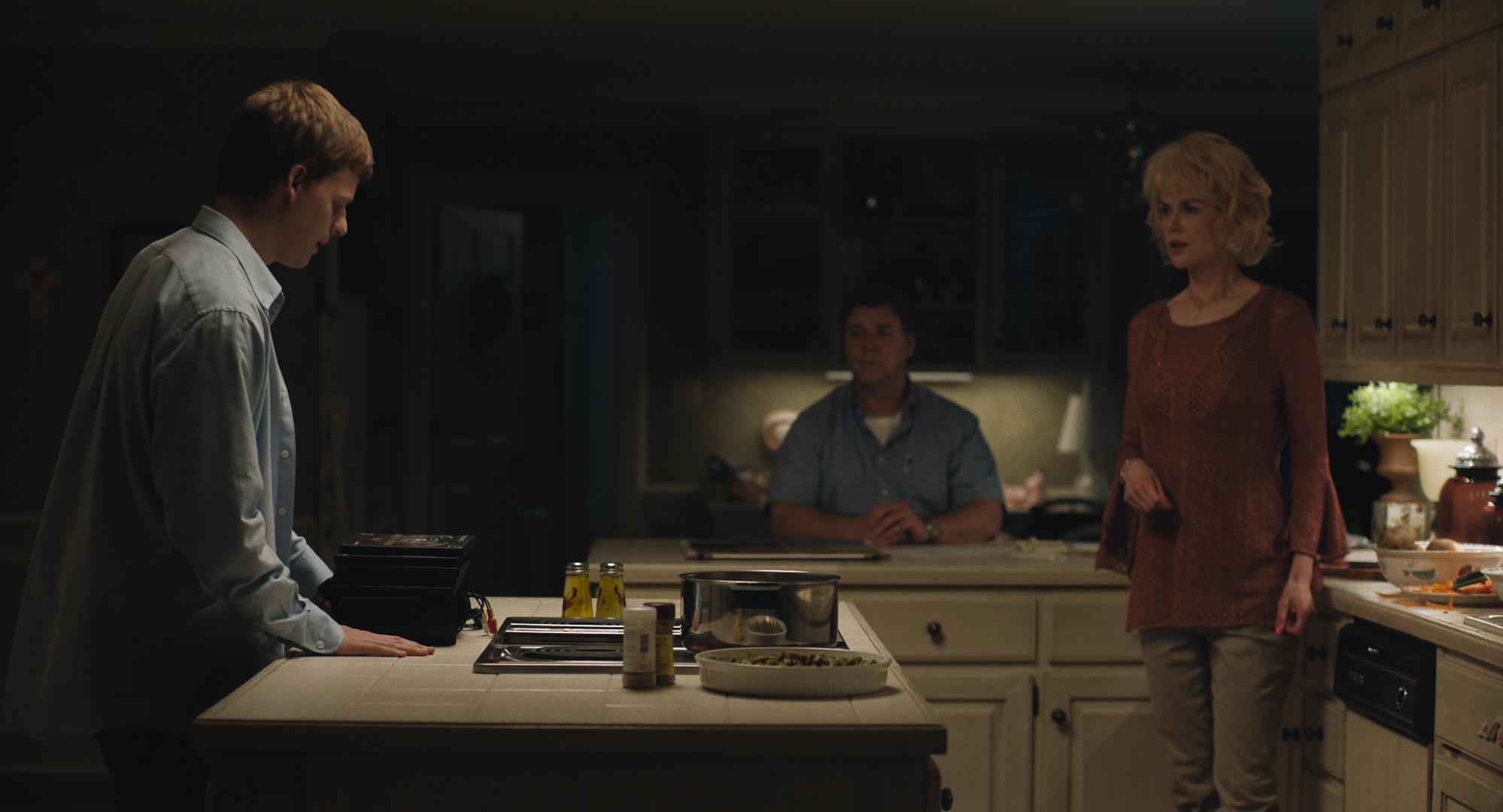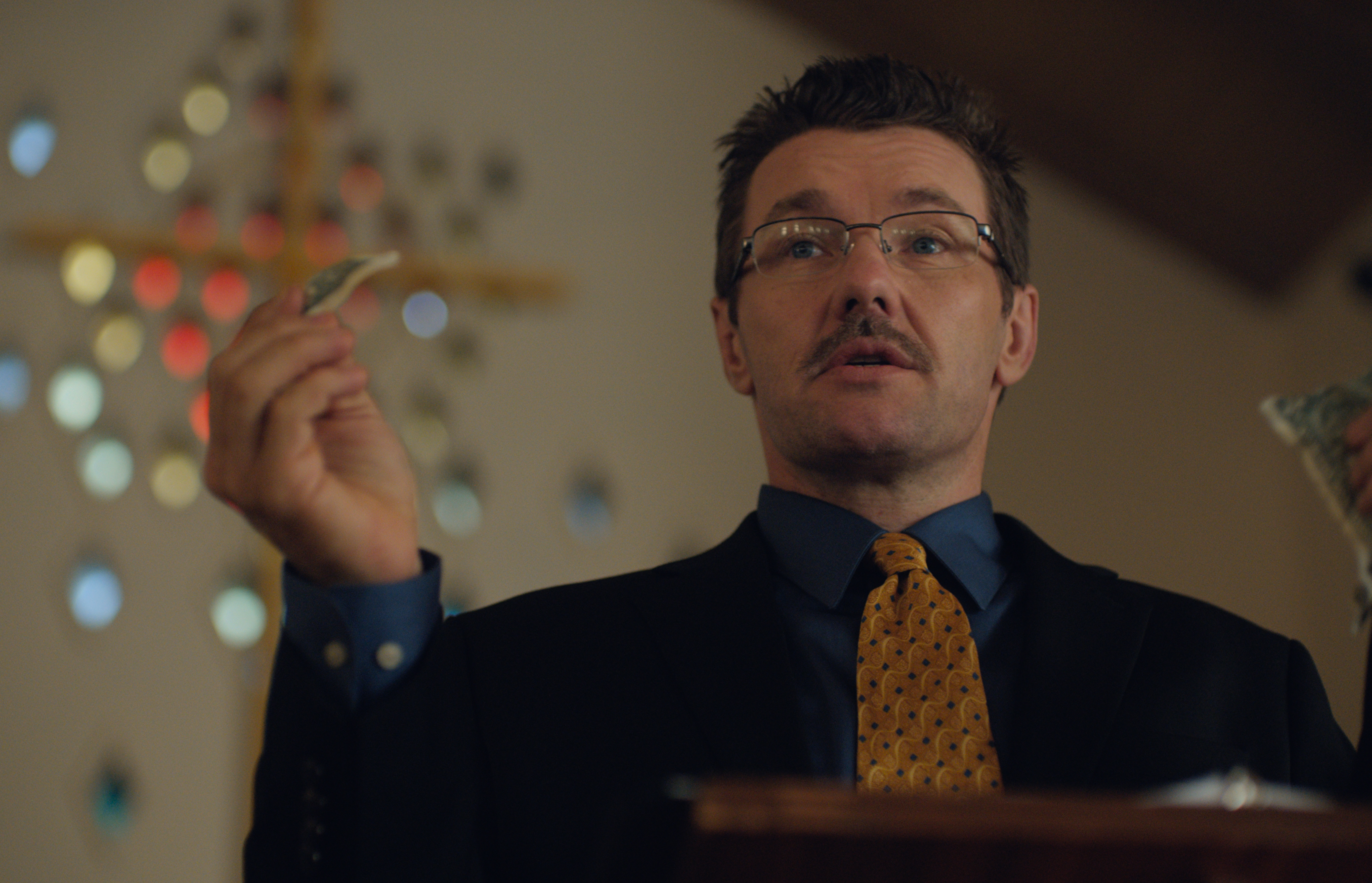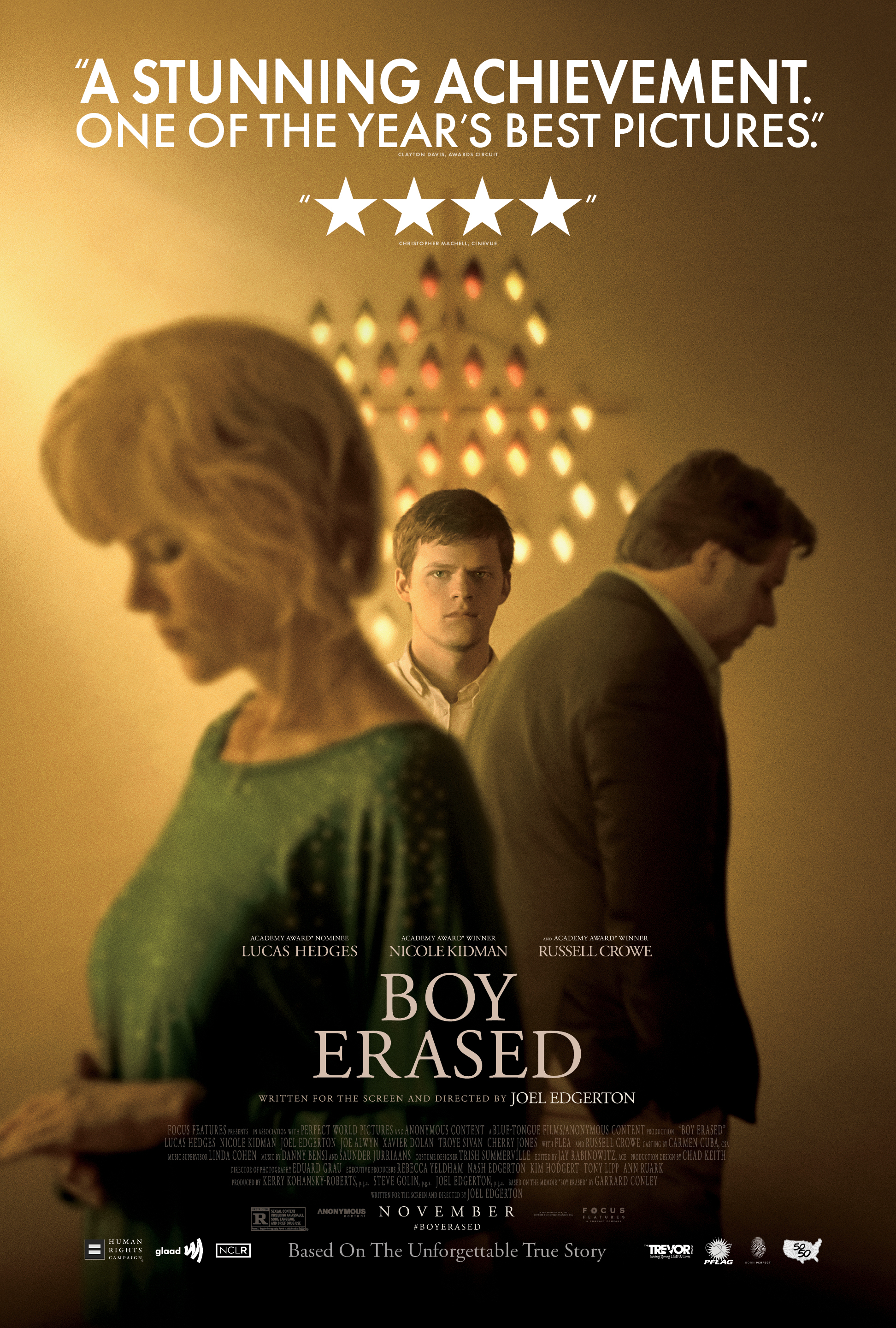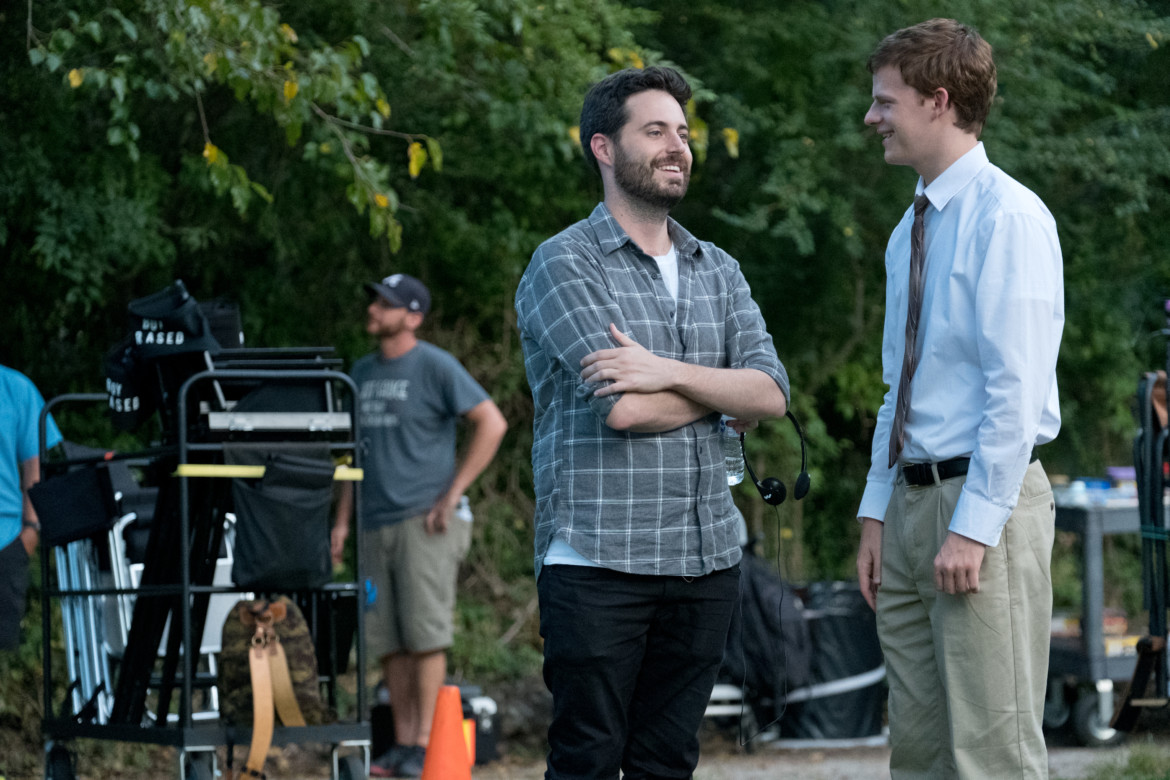Based on Garrard Conley’s memoir, the film explores a young man’s experience with conversion therapy
By Kirsten Coachman
Director Joel Edgerton (“The Gift”) attended the Mill Valley Film Festival this past October in support of his new film, “Boy Erased,” which was one of this year’s spotlight films. The film is based on a book published in 2016 by Garrard Conley, “Boy Erased: A Memoir of Identity, Faith and Family,” which chronicles the Arkansas native’s experience with conversion therapy at Love in Action, an ex-gay Christian ministry.
Edgerton received a copy of Conley’s book from a producer at Anonymous Content, who had read it, liked it, and then sent it his way. “I read it really quickly, and I was like obsessed by it…more like possessed,” he told Academy Art U News in a recent interview. “Like it got under my skin and took me over.” He knew after reading it that he had to be a part of making the film adaptation, whether as a producer or part of the creative process.
“I just found myself writing a script, and then it just kind of took over,” he said.

(L–R) Lucas Hedges stars as Jared and Russell Crowe and Nicole Kidman as his parents Marshall and Nancy in Joel Edgerton’s “Boy Erased,” a Focus Features release. Photo by Focus Features.
The film tells the story of Jared Eamons (Lucas Hedges, “Manchester By the Sea”), who is outed to his devoutly religious parents Marshall (Russell Crowe, “A Beautiful Mind”) and Nancy (Nicole Kidman, “The Hours”). The news doesn’t sit well in the Eamons household, as Marshall is a Baptist pastor who informs his son, “I love you, but we cannot see a way that you can live under this roof if you’re going to fundamentally go against the grain of our beliefs.” Pressured by both his family and members of his community, Jared leaves college to attend a church-based conversion camp.
When it came to casting the role of Jared, Edgerton said that Hedges immediately came to mind. While the 21-year-old actor and Conley have different physical features, there was something about Hedges that reminded the director of Conley, and he knew the young actor would be right for the part.
“He needed to be in that transition period to reflect the 18-19-year-old phase,” the director explained. “On a character level, he also had to be somebody, who as a young homosexual male, could pass like Garrard did until he got to college. Garrard’s not a jock, but nor is he super effeminate and Lucas has very much an everyman quality and a nice way of being able to adjust his energy. But he’s certainly not a jock, and he’s certainly not effeminate. And the other thing was I needed an actor who could be a blank canvas, because Garrard, as a person, was kind of preached to, spoken to, yelled at, pushed around on everybody else’s agenda.”
In the film, therapy “patients” are subjected to strict rules in which they hand over their personal belongings that are searched by staff; they are expected to dress uniformly (men in slacks and a white button-down shirt, women in long skirts) as well as practice proper posture.
Leading the conversion camp is Victor Sykes, played by Edgerton. The character is based on the real-life former head of Love in Action John Smid, who was a figure in Conley’s conversion therapy. “I felt like I was still playing a complicated protagonist, but not a villain,” explained Edgerton, “and I just loved the complete contradiction of him, even though most of what is driving him or underneath the surface is hidden from the audience until the final credits.”

Joel Edgerton stars as Victor Sykes in “Boy Erased,” a Focus Features release. Photo by Focus Features.
As part of the program, patients are given different assignments to complete, including a “Moral Inventory,” where they list off things that took place in their past that may have caused what is viewed as a “homosexual sin.” The list Jared is seen working on throughout the film includes names of people he had various experiences with, some positive, some negative.
When it came to shooting a negative experience of Jared’s, Edgerton said that as an actor himself, he didn’t want to treat his actors with kid gloves, as he finds that usually creates a bit of an awkward atmosphere on set. He was impressed with the work ethic shown by both Hedges and actor Joe Alwyn, as the duo share one of the tougher scenes in the film. “It was never going to be easy for any of us to shoot,” the director admitted. “Actors step up. It’s so wonderful to watch too, and you feel bad putting them through it because I’m a bit of an empath as well, I really relate to Garrard in that sense. I feel terrible asking for favors. I shouldn’t be a filmmaker, because it’s all about convincing people to do stuff for you, so I always feel terrible making people go to that place, but at the end of the day, it’s very satisfying once you’ve got it in the can.”
“Boy Erased” marks the second time Edgerton has held multiple roles on a film set, working both behind the camera and on screen. He analogized juggling the two different responsibilities with trying to be both the parent and the child in a household. “As a director, you’re delegating, and you’re standing over things. You’re overseeing all things and making all decisions,” he said. “And then as an actor, you’re allowed to be a child, because you turn up to do your thing and you’re just playing with your toys. And it’s tough, because looking at the monitor is the way a director—well these days—is how you know you’ve got the pieces, and I don’t like to look at the monitor if I’m being the actor.”

Courtesy of Focus Features.
He brought in his brother Nash Edgerton, who had also worked on Edgerton’s directorial debut, “The Gift.” The brothers would discuss what the director was looking to achieve, from what Edgerton was looking to fill the frame with to attaining the emotional tone of a scene; his brother would give him a thumbs up or thumbs down, signaling they were good to move on or to try something different on the next take. “As a director himself, I really trust him,” said Edgerton.
When asked about advice he had for students, Edgerton explained that if you’re going to call yourself something, whether an actor, writer, director, then you have to go out and start doing it and look for like-minded people to work with. “Particularly writing, I think, is something that you’ve got no excuse not to do it,” he said. “I think that Garrard is a good example. He wrote his memoir after really, really wanting to write sort of fiction. And one of his college professors said, ‘I want you to write something very personal,’ and it was terrifying, but it meant that he had to turn 180 degrees and actually go back into his past and face real things and they’re always going to be more interesting stories.”
It’s been 14 years since Conley’s experience at Love in Action, and at the time of the film’s release, there are currently 36 states that do not have laws against conversion therapy practices. “By telling my story, we want to give words of solidarity to those who have experienced conversion therapy,” Conley stated in his Author’s Note. “We hope to provide some context for viewers to understand that these kinds of social injustices aren’t always carried out by monsters, but by people close to us, tragic figures whose decency is often outstripped by their actions.”
“Boy Erased” opens in San Francisco on Nov. 2.
